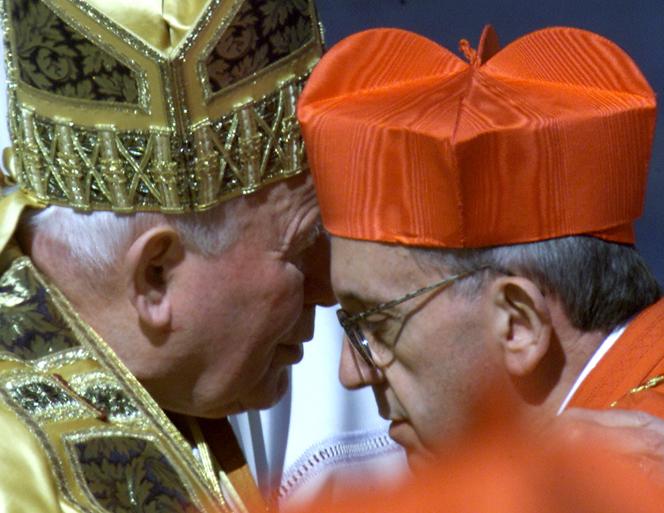


The first decision every newly elected pope makes after being chosen by the conclave of cardinals is to declare his papal name. The famous phrase "Habemus papam" ("We have a pope") is actually a shortened excerpt from the announcement made from the balcony of Saint Peter's Basilica by the cardinal "protodeacon," the senior cardinal-deacon, who in 2025 will once again be a Frenchman, Cardinal Dominique Mamberti.
This announcement reveals the new pope's name change: "I announce to you a great joy: We have a pope. The most eminent and most reverend lord, Monsignor [first name(s) of the elected], cardinal of the Holy Roman Church [surname of the elected], who has taken the name [chosen papal name]."
During the first 10 centuries, popes retained their civil names upon election. Over time, as the significance of the sovereign pontiff grew, the choice of a papal name took on different meanings.
Until the 56th pope elected in 533, John II, every new bishop of Rome used his civil name, with the notable exception of the very first − the apostle Simon, who was called Peter by Jesus, according to the well-known phrase: "You are Peter, and on this rock I will build my Church" (Matthew 16:18).
You have 77.29% of this article left to read. The rest is for subscribers only.
